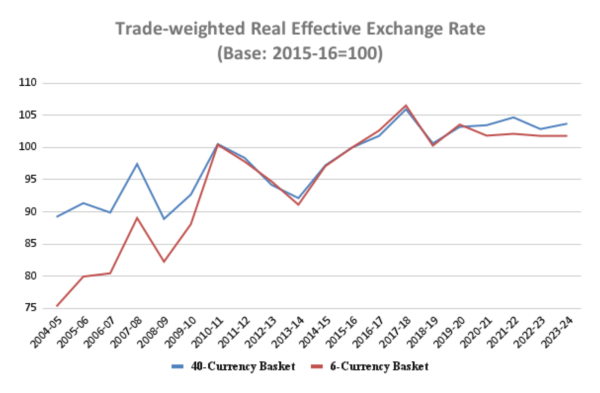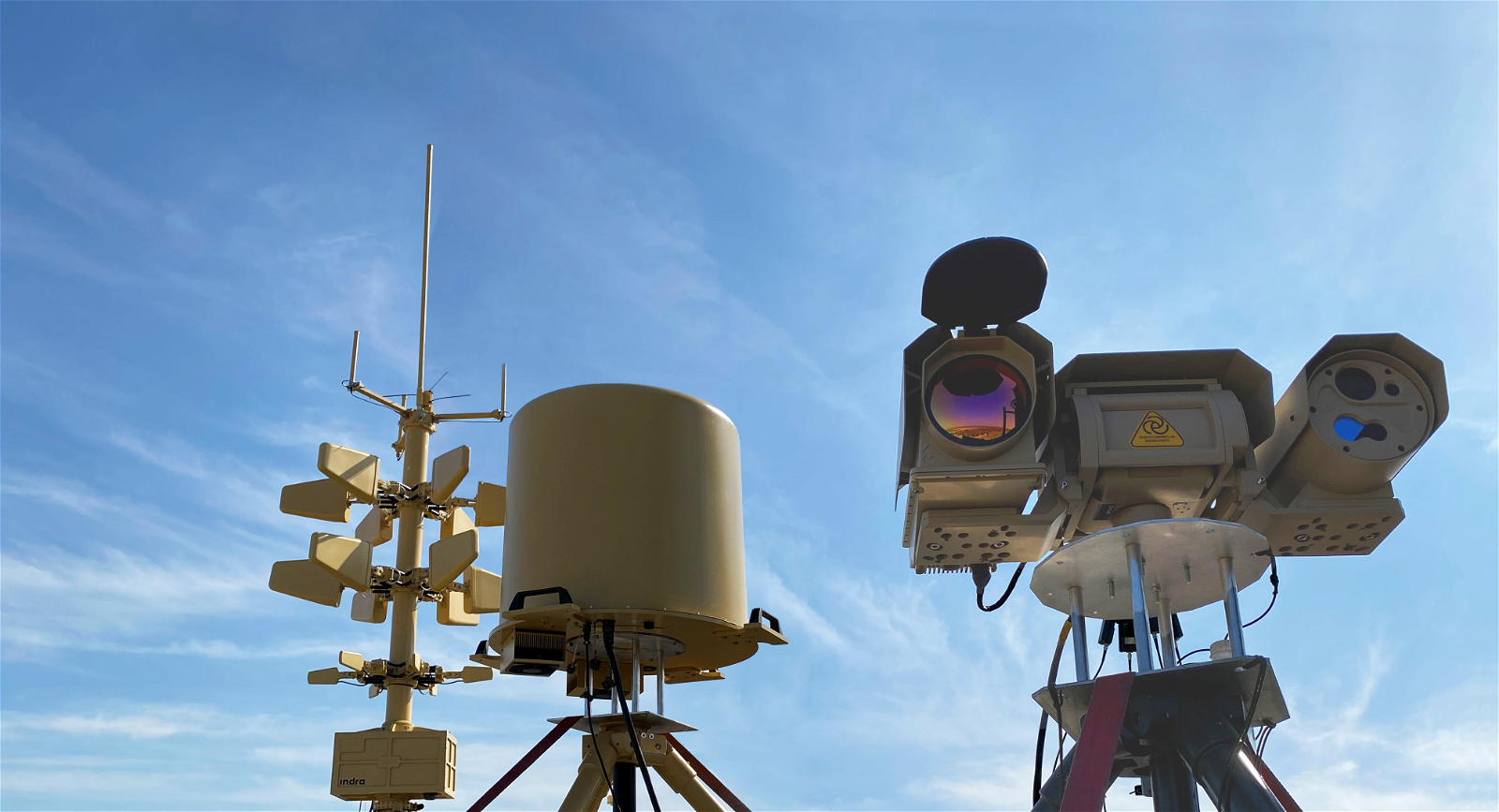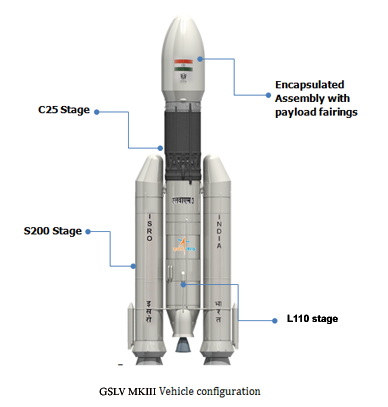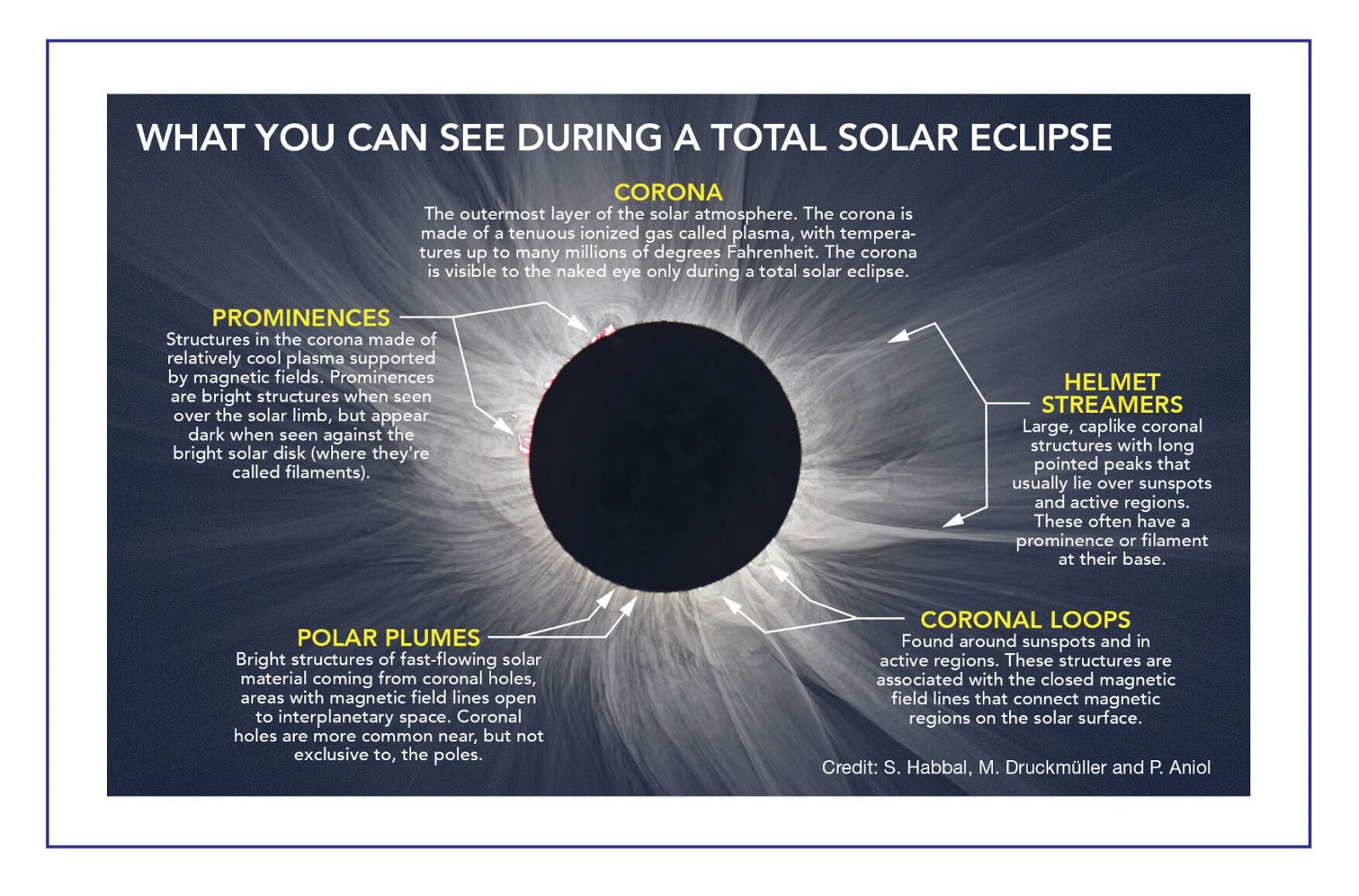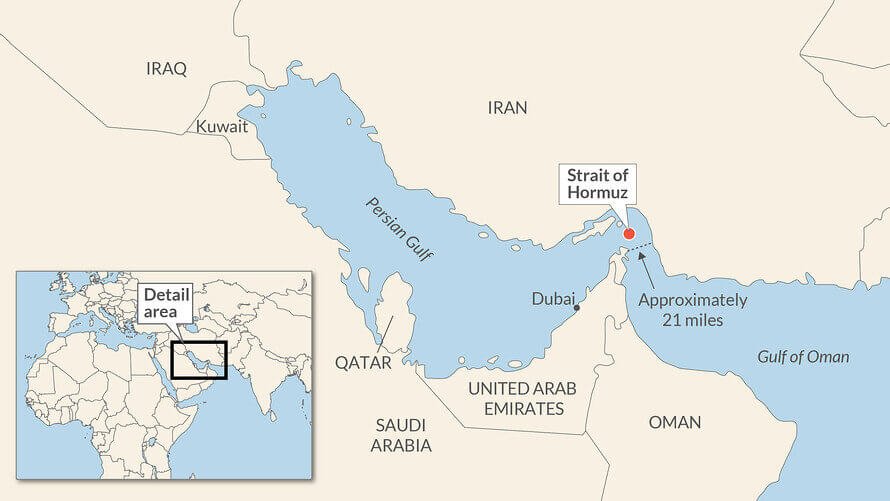
Temperature Rise in India
Subscribers of "Current Affairs" course can Download Daily Current Affairs in PDF/DOC
Subscribe to Never Miss an Important Update! Assured Discounts on New Products!
Must Join PMF IAS Telegram Channel & PMF IAS History Telegram Channel
- Context (IE | TH): The North, Central, & NE India are experiencing record-breaking high temperatures.
- Delhi recorded a maximum temperature of 52.9°C, the highest on record in the capital. However, the IMD suggested this might be due to a sensor error or local factors, as it was an outlier.
Factors Behind the Severe Temperature Rise
Rise of Greenhouse Gas (GHG) Emissions
- The rise in temperatures is primarily due to increased emission of heat-trapping GHGs from human activities like burning fossil fuels, leading to global warming.
- Since the Industrial Revolution, these emissions have made the Earth at least 1.1°C warmer than the 1850-1900 average.
- The Indian subcontinent has seen a 0.7°C rise in annual mean temperatures since 1900.
| Greenhouse Gas | Sources (% contribution to Global Warming) | Average Lifetime in the Atmosphere | Possible Added Heat Over a 100-Year Period |
| Carbon Dioxide |
|
Hundreds to thousands of years (about 25% lasts effectively forever) | CO2 is used as the reference point for other GHGs, so its possible added warming (or global warming potential, GWP) is 1. |
| Methane |
|
About a decade | 1 metric ton can trap about 30 times the heat of 1 metric ton of CO2. |
| Nitrous Oxide |
|
About 110 years | 1 metric ton can trap about 273 times the heat of 1 metric ton of CO2. |
| Chlorofluorocarbons (CFCs, namely CFC-11, CFC-12, CFC-113) |
|
52 to 93 years | 1 metric ton can trap thousands to tens of thousands of times the heat of 1 metric ton of carbon dioxide |
El Niño
- El Niño, an abnormal warming of surface waters in the equatorial Pacific Ocean, also contributed to the record-breaking temperatures.
- El Niño weakens the Walker Circulation, which disrupts the flow of moist air from the Indian Ocean towards the Indian subcontinent. This diminishes Indian Monsson and creates drier conditions.
- El Niño also creates high-pressure areas over the Indian subcontinent, suppressing cloud formation and precipitation, contributing to the current heatwave in north and central India.
|
Loss of Tree Cover
- The vast expanses of open areas with very little or no trees increase the impact of direct sunlight.
- India has lost 2.33 million hectares of tree cover from 2001 to 2023, which is equivalent to a 6% decrease in tree cover since 2000 and 1.20 billion tonnes of CO₂e emissions.
Urban Heat Island (UHI) Effect
- The UHI effect causes urban areas to be warmer than their surroundings because materials like concrete and asphalt absorb and retain more heat than natural landscapes. Densely packed buildings also reduce airflow, preventing cooling.
- The UHI effect contributes to global warming by increasing demand for energy, which leads to a higher production of GHGs.
- Urbanisation alone has led to a 60% enhancement in warming in Indian cities.
- The UHI effect can also impact climate factors other than heat, like rainfall, pollution, etc.
Impacts of Severe Temperatures
- Increase in drought conditions: High temperatures increase evaporation rates, which, coupled with reduced precipitation, can exacerbate drought conditions. E.g. in North India.
- Rainfall-related disasters: With every 1°C rise in average temperature, the atmosphere can hold about 7% more moisture. This intensifies storms by increasing precipitation intensity, duration and frequency, which ultimately can cause severe flooding. E.g., in NE India.
- Deaths due to sunstrokes: Heatstroke or sunstroke is the most severe form of hyperthermia (heat-related illness). Heatstroke can lead to brain damage, organ failure or death.
Step Taken: Heat Action Plan (HAP)
- HAPs usually include a combination of measures such as using forecasts and early warnings, public education campaigns on heatwave risks, building heat shelters and cooling centres, and providing clean water to prevent dehydration.
- Delhi has a HAP in place for 2024-2025.




![PMF IAS Environment for UPSC 2022-23 [paperback] PMF IAS [Nov 30, 2021]…](http://pmfias.b-cdn.net/wp-content/uploads/2024/04/pmfiasenvironmentforupsc2022-23paperbackpmfiasnov302021.jpg)


